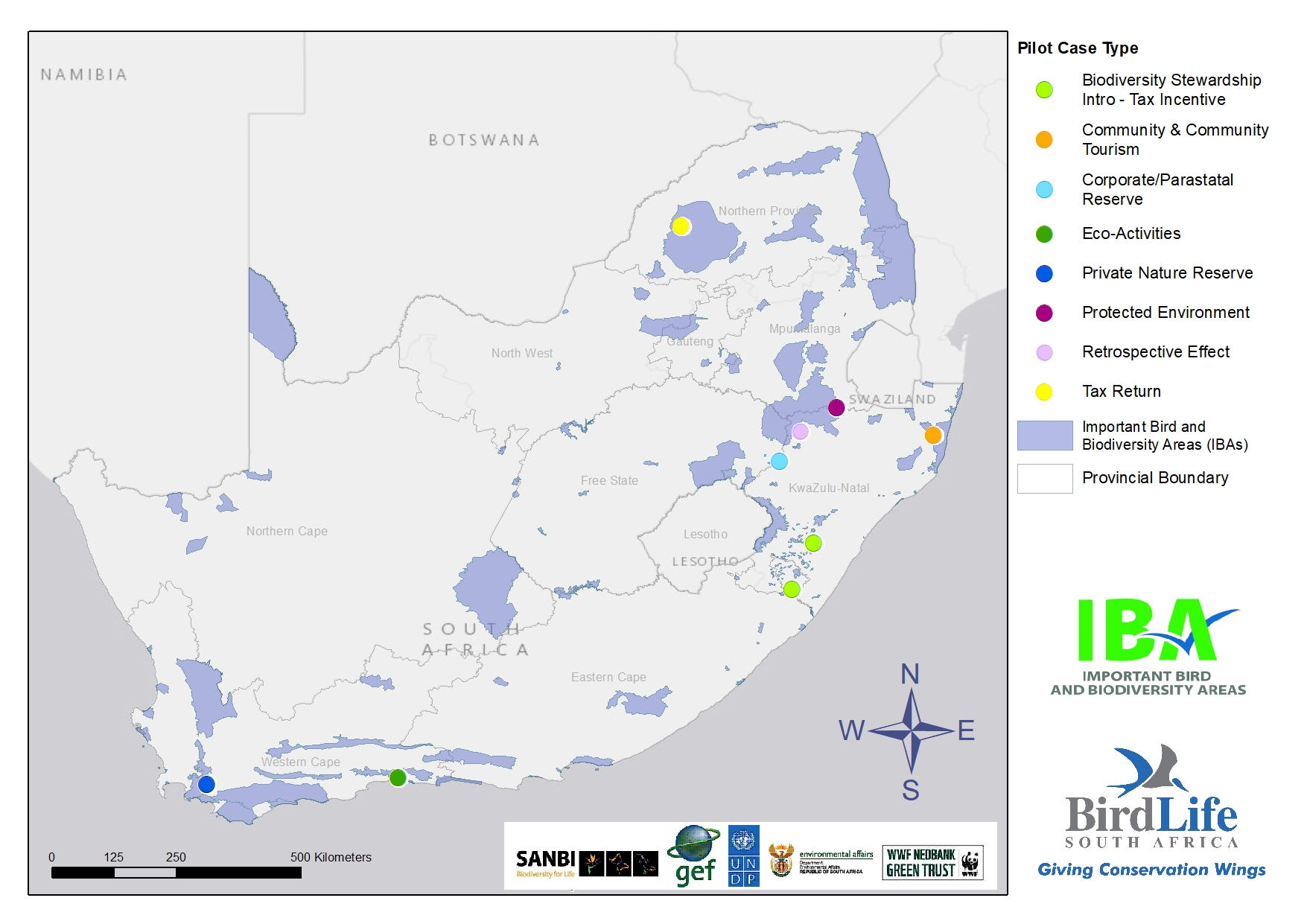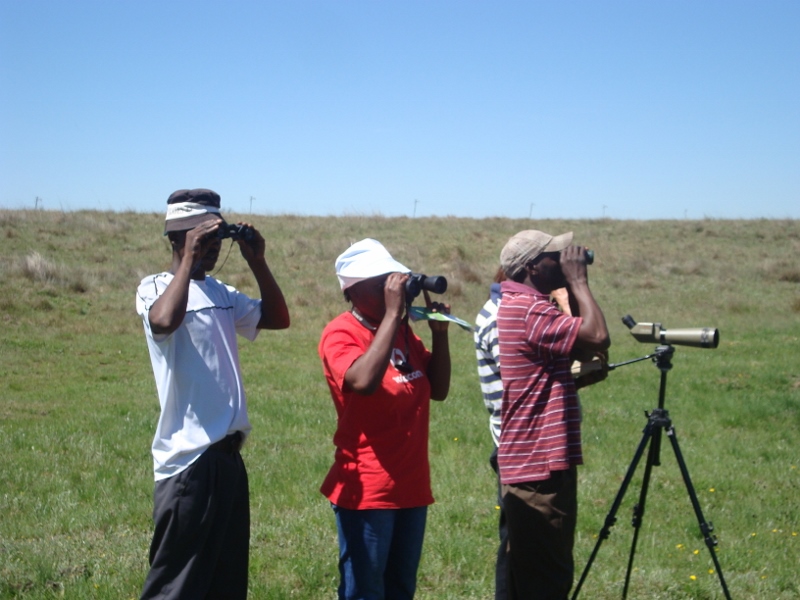



The Project launched a number of pilot sites across the country to test the use and applicability of biodiversity tax incentives in different contexts. The pilot sites enabled the Project to engage with the people directly impacted by the tax benefits. The pilot sites covered parastatals, international companies, communities, and individual farmers undertaking different commercial activities. The sites also covered different biomes and biodiversity priority areas. This grassroots engagement was a crucial building block as it took the policy engagement of the Project, as well as the achievement of amending national legislation, and practically tested its impact on the ground. To determine what impact the tax incentives would have on landowners declaring protected areas, landowners themselves needed to be engaged deliberately. This grassroots engagement effectively illustrated the financial and tangible benefits of the incentive. These pilot sites also showed that the new biodiversity tax incentive was applicable to all types of legal entities in South Africa and could be applied to a varied array of commercial and private enterprises and activities. It effectively applied the tax impact to landowners and showed that it was successful and replicable.
- The primary enabling factor was willing landowners and communities. Without their voluntary engagement, the practical application of the biodiversity tax incentives would not have been possible.
- The community of practice assisted in facilitating introductions to landowners and communities and allowed relationships to be built on existing engagements.
- A further factor was clear communication about the tax incentives and the fact that they were being tested; expectations were mitigated and the challenges were outlined from the onset.
Key lessons learned in implementing the Grassroots Project Engagement:
- Working with an existing community of practice: voluntary participation was needed for this Project. Working within an existing community of practice allowed for relationships to be forged, and more deliberate engagement to be undertaken based on relationships that were already established. Having to start this process from scratch takes time, and in this case, the Project was under timeline and policy pressures.
- Clear and honest communication: again, voluntary participation from grassroots stakeholders was required to determine the Project aims. Clear and honest communication was delivered from the onset of the Project with the aim of mitigating expectations and not making false promises. The challenges and nature of the pilot sites was outlined from the very first engagement and this proved successful throughout the pilot phase of the Project.